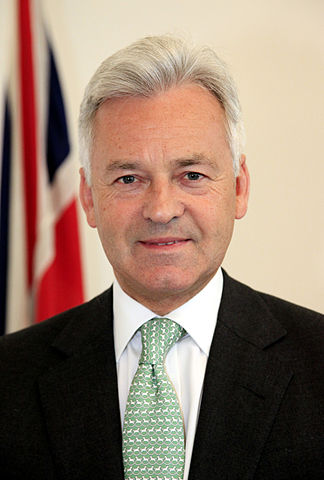Cabinet Minister vs State Minister
The difference between Cabinet Ministers and State Ministers lies in their roles and responsibilities within a parliamentary democracy. In many countries, it is common to see cabinet ministers and ministers of state, but some people get confused about the distinction between their roles and responsibilities. This article aims to clarify these differences by first explaining who a cabinet minister is and who a state minister is, then discussing the differences between the two. However, it is important to note that the title “state minister” has a slightly different definition in different countries.
Who is a Cabinet Minister?
A cabinet minister is a member of the Cabinet, the highest decision-making body of ministers, which indicates that a cabinet minister holds the highest power. In India, for example, the terms “cabinet minister” and “minister of state” are used at the central level, with cabinet ministers considered superior and given charge of separate ministries such as home, foreign, petroleum, education, welfare, science and technology, health, and others. Smaller departments usually have a cabinet minister without any ministers of state.
For large ministries, such as finance, there may be a cabinet minister for finance as well as a state minister or minister of state looking after affairs of taxation and so on. The state minister or minister of state remains subordinate to the cabinet minister and reports all matters to them.
Who is a State Minister?
A state minister or minister of state (MoS) is defined differently in various countries. In countries like India and Pakistan, a state minister is a junior minister under a cabinet minister. In cases where the ministry is large and requires junior members to help and assist the cabinet minister in discharging their duties, ministers of state are appointed.
There are also instances where a single person is given charge of two or more ministries and requires ministers of state to help manage the affairs of these ministries. There are ministers of state (MoS) and ministers of state with independent charge, which is given to ministries with less significant value, such as food processing.
In some countries, the title “minister of state” holds a high government rank. For example, in Brazil, the title “minister of state” is given to members of the Federal Cabinet. In Portugal, “minister of state” refers to a part of the cabinet, with this small group holding power roughly equivalent to a Deputy Prime Minister.
Key Takeaways
- Cabinet ministers and state ministers are two important titles in a parliamentary form of democracy, with cabinet ministers holding more power and responsibility.
- State ministers work as junior ministers under a cabinet minister in large ministries or have independent charge of smaller ministries.
- The title “state minister” or “minister of state” has different values in different countries, with varying levels of government rank and responsibility.
